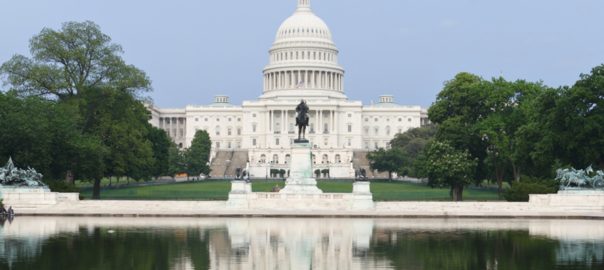A government agency’s website should be your first stop when searching for subsidy programs. You may be able to find the program’s rules and guidelines as well as the application and reporting forms you need. This will help you figure out if the program is right for you. Aside from the rules, a government agency’s website should also be able to help you determine the amount of investment you need to start a business and the number of jobs you hope to create.
Many government-run subsidy programs are crafted through the legislative process. A bill is passed by the lawmaking body and becomes a law. A law does not usually include details about how a program will be implemented. Agencies generally add policies to laws through administrative regulations, otherwise known as operating procedures. These rules will set the criteria for applying for subsidies, the application process, and the way to monitor compliance. Whether a government-run or privately funded program is beneficial to consumers, determining the right program for your particular needs can be complicated.
When it comes to the legal requirements that apply to subsidy programs, the best place to start is your state’s legislature. State legislatures create their own laws and regulations for a program. The bills that govern subsidies are often organized by category. Ordinances, which are local laws, are commonly called statutes. Nearly every state posts its statutes on its homepage, where you can easily find them. The government also posts their administrative regulations, or operating procedures.
A law-based approach to subsidy programs is essential to improving their effectiveness. Many government-run subsidy programs sunset in a few years, so this is a good time to examine the effectiveness of the program and propose amendments. Even if a subsidy program doesn’t have an expiration date, it may still require amendments. Oftentimes, the laws don’t have accountability provisions, leaving the administering agencies to fill in the details.
A subsidy program is usually created through the legislative process. A lawmaking body passes a bill creating the program. However, laws don’t contain specifics about the implementation of a subsidy program. The federal government’s administrative regulations add specifics to laws. For example, they may set up guidelines for the application process, the eligibility criteria for a subsidy, or a monitoring process for the company. These details make a difference when it comes to making a successful program.
To make a subsidy program more efficient, government officials must follow all relevant laws. For example, they must follow labor laws in their jurisdiction and not violate consumer or environmental laws. In addition, they must ensure that the products and services they produce meet the requirements of their customers. Moreover, government employees must be able to work with the subsidized companies. The resulting product should be beneficial to the environment, as well. So, smart targeted subsidies will benefit the environment and the economy.
